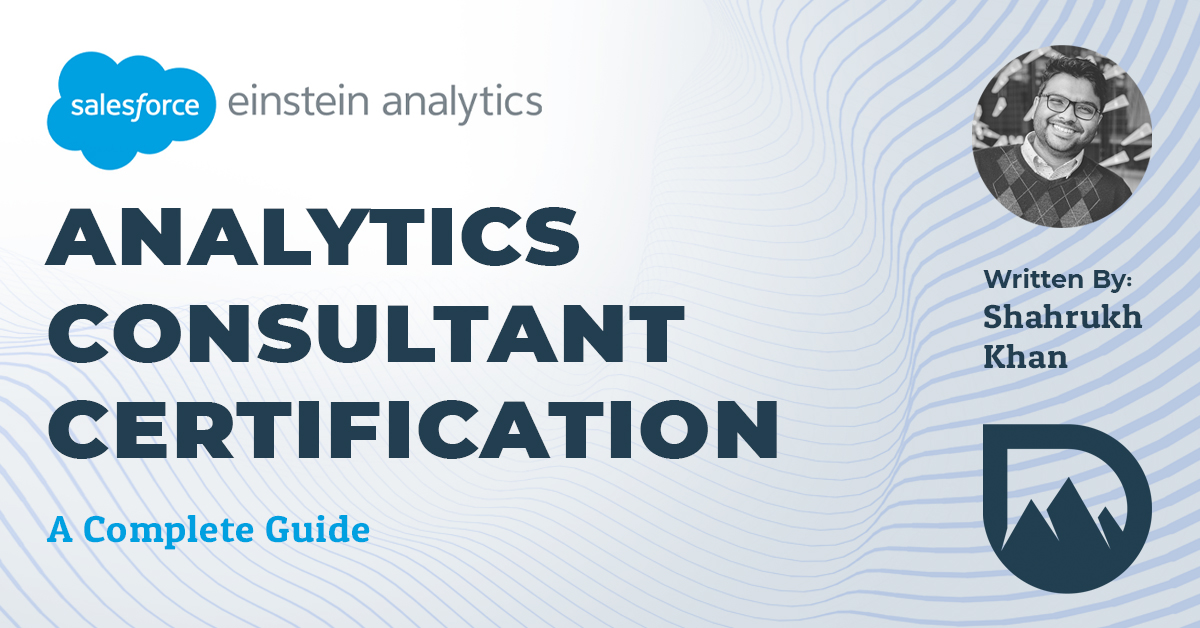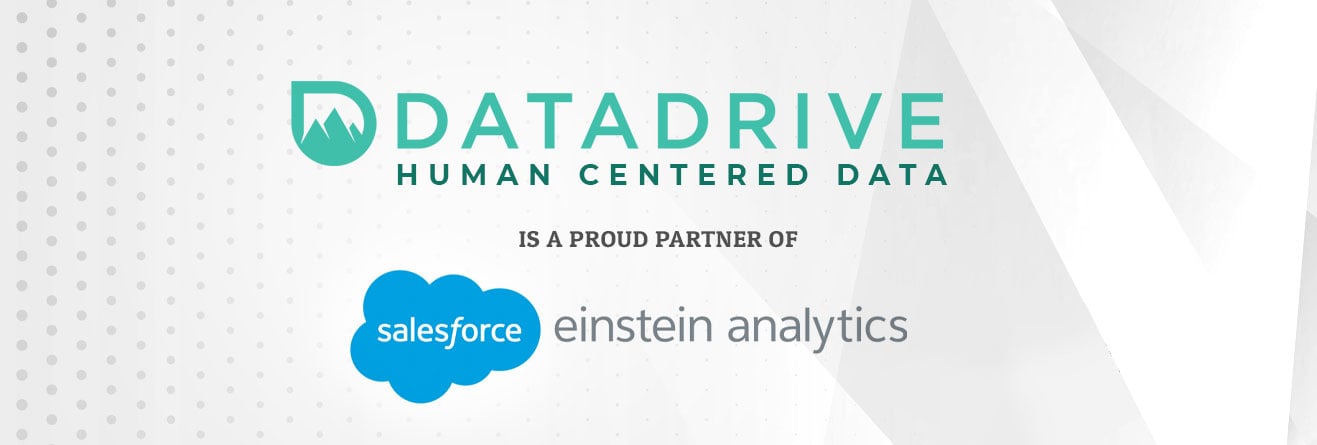Tableau Conference 2025 | Know Before You Go
If you’re a data enthusiast, analytics professional, or just someone curious about Tableau’s latest innovations, the Tableau Conference 2025 is your...
6 min read
 Shahrukh Khan
Mar 2, 2021
Shahrukh Khan
Mar 2, 2021

*Updated Aug 11, 2021
Are you considering getting a Salesforce Certified Einstein Analytics (now Tableau CRM) and Discovery Consultant Certification? Awesome! No matter where you are in your journey, the goal of this guide is to provide you a centralized resource to access various frameworks so you can nail down that certification. Additionally, I will provide you with conceptual questions and how I prepared for the exam. This guide will also be catered towards Salesforce partners.
I’ve worked alongside Salesforce and have heard it discussed frequently, but I only started exploring it more deeply about three months ago. As a data scientist, I immediately wanted to explore their AI (Einstein) service offerings. This brought me to Einstein Analytics (now Tableau CRM). About 90 days later, here I am- a certified Einstein consultant!

This guide aims to provide the reader with an assortment of helpful links to facilitate preparation for the consultant certification. You don't need to complete everything on the list to be prepared or to become certified. However, the more of these resources you complete, the better your understanding of the tool and what’s required for certification.
That being said- if you want to take a jab at it as quickly as possible, I'd recommend these things in this order:
For partners, I would prioritize the fastpath certification before the training videos. You can also be more selective with what videos you watch.
Read on for details about the Salesforce Certified Einstein Analytics and Discovery Consultant Certification exam.
The Salesforce Einstein Analytics and Discovery Consultant exam measures a candidate’s knowledge and skills related to the following objectives.
If you are a partner, I would recommend the fast track certification videos. There are additional resources for this specific certification that can be found in the partner portal. If you're a salesforce partner, make sure you ask for exam vouchers!

This portion of the exam is where you will answer the majority of your questions. First, let’s go over through some valuable resources specific to the data layer.
The certification expects you to know:
**Highly recommended: Tableau CRM Data Preparation Specialist
Key Concepts to remember: Data Sync, Dataflows & Data Recipes, Dataset builder, Transformations
Think about:
Partner Benefit: Pay close attention to the first two videos of Fast Path Certification to Einstein Analytics Consultant. It’s a fantastic resource, so take a lot of notes!
Useful Documentation Resources:
Video Content: Videos 1-3A (The title of the video will contain the number)

The certification expects you to know:
Key Concepts to remember: Integration User, Security User, Sharing Inheritance, Security Predicates, Limitations of Security, Migrating Assets, Analytics REST API, Change Sets, Modifying XMD (Use Cases)
Think about:
Partner Benefit: Pay close attention to the second video of Fast Path Certification to Einstein Analytics Consultant. It’s a fantastic resource- take a lot of notes!
Useful Documentation Resources:
Video Content: 20-23, 26 (The title of the video will contain the number)

The certification expects you to know:
**Highly recommended: Tableau CRM and Einstein Discovery Insight Specialist
Partner Benefit: Pay close attention to the second and third video of Fast Path Certification to Einstein Analytics Consultant.
Think about:
Useful Documentation Resources:
Video Content: 5,6,8,12 (The title of the video will contain the number)
The certification expects you to know:
Partner Benefit: Pay close attention to the third video of Fast Path Certification to Einstein Analytics Consultant.
Key Concepts: Lens, Queries, Faceting, Binding, SAQL, Time-Series, Calculations and Compare table, joins
Things to think about:
Useful Documentation Resources:
Video Content: 4, 7, 8, 9, 10, 24, 25 (The title of the video will contain the number)

The certification expects you to know:
Partner Benefit: Pay close attention to the third video of Fast Path Certification to Einstein Analytics Consultant. It’s a fantastic resource, so take a lot of notes!
Key Concepts: Einstein Discovery Process, Dataset builder, model metrics, Einstein writeback, different type of insights
Think about:
For this section I would suggest you get familiar with the entire Einstein Discovery interface. Understand how to explain all the insights that Einstein presents to you, along with how to explain them. Understand the steps to write a model back to Salesforce. Be familiar with different model metrics and the concepts of how you choose variables and iterate through different models.
Useful Documentation Resources:
Video Content: 27-32A (The title of the video will contain the number)

With that, the guide comes to an end. I hope this blog will serve as a good resource for anyone trying to get their certification. The certification can get tricky at times, but if you understand the Tableau CRM ecosystem and how things work (at a high level) you should be successful! Good Luck!
-2.gif)
If you’re a data enthusiast, analytics professional, or just someone curious about Tableau’s latest innovations, the Tableau Conference 2025 is your...

Tableau Plus is the new premium offering from Tableau, a leading data visualization and business intelligence platform. It builds upon the...

If you've spent any time working with Tableau, you've likely encountered the dreaded "Cannot Mix Aggregate and Non-Aggregate Arguments" error. It's a...